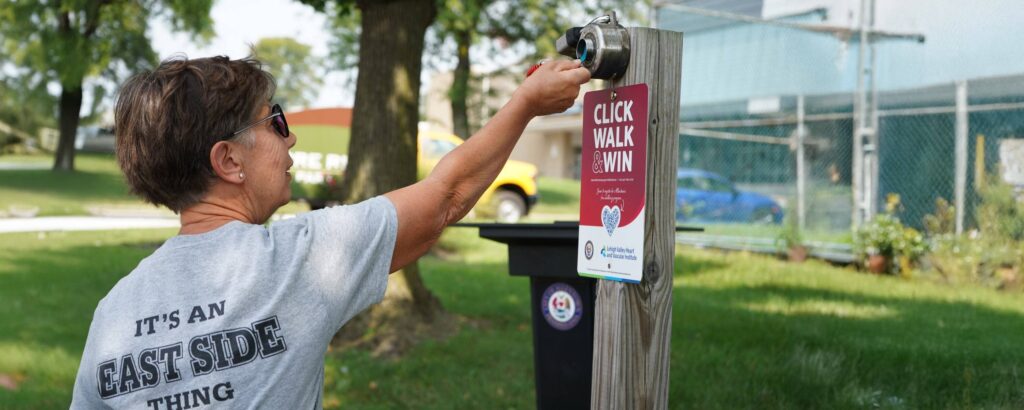Recent research shows that the average skilled worker spends about 70 percent of their time on tasks that don’t add value. Studies reveal that this is at least partly because they aren’t getting the supplies they need in a timely fashion, and because they don’t know what came before or comes after them in the workflow.
In fact, these two issues seem to be the recurring culprits in nearly every hour wasted on a construction site, and in nearly every accident that occurs: lack of materials and lack of information.
When lack of supplies or information gets in the way
It’s clear why materials play such a big part in productivity. Every skilled worker on your site is working with materials, and relying on a supply of materials to continue with their work. A disruption in this supply is an inevitable break in his or her work. Stopping to request the new materials takes time, and if there’s a wait to receive them, that’s even more wasted time.
According to Carnegie Mellon University, materials management has allowed work to be completed in 1.14 labor hours/unit as opposed to 1.92 labor hours/unit at a similar job site without such management.
You can see how a lack of materials can actually “get in the way” of worker productivity. A lack of information can do the same. When subcontractors or laborers don’t have a sense of the “bigger picture”—what will happen with electrical once the framing is in place, or what’s the very next step once the drywall is finished, for example—then it is more difficult for them to prioritize tasks, to know the expected timeline, or to know who to alert in case of delays or issues. This kind of confusion or ignorance can cause workers to drag their feet, make mistakes in their work or even do something unsafe.
Continued safety training
Not only does lack of information cause delays and communication breakdowns, but a worker being unaware of what is going on around him or her can be downright unsafe—even fatal.
Safety training is elemental, and most contractors provide at least the minimum. Where they fall short sometimes is allowing older employees to go long periods without safety refreshers, or failing to ensure a sub has done their due diligence in training their workers. All it takes is one uninformed person on the scene to create a major hazard to themselves and others.
Arm them with information
In a perfect world, every contractor would ensure that workers had the right materials and education to get things done quickly and stay safe at all times. This isn’t a perfect world, but here are a few tips on how you can maximize productivity and keep errors to a minimum with better preparation, education and training on your job sites.
1. Make sure your workers are safety trained from the beginning. An ignorant worker is a danger to himself and others. Establish a protocol of safety training for all new employees before they set foot on the job site. OSHA provides materials that help you develop a safety training plan as well as convenient checklists for the most common citation areas, from bodily protection to forklifts and scaffolding.
2. Host weekly or bi-weekly toolbox talks and schedule regular training updates. It’s easy for seasoned workers to become relaxed or jaded about safety practices and to think they can get away with “loose interpretations” of the rules. Workers who’ve been on the job a while may also simply forget certain parts of the safety protocol, or not know the best practice in a new environment. This is why regular toolbox talks are essential to keep safety top of mind and ensure clarity around protocol. Regular safety training on either a quarterly or biannual basis is another crucial way for workers to get a full refresher and be held accountable with a quiz or a quick Q&A.
Implement processes that give workers a better “big picture”. Last year a team of researchers from Aalto University in Finland looked into what is holding construction back productivity-wise. The obvious reasons were the unique and non-repeatable nature of construction projects, along with the temporary teams that are working together and may not converge on the next project—and finally the lack of sufficient visual and written records and communication.
“The current situation in many construction projects,” the study summary says, “is that no one has adequate and accurate information about which design and construction activities have already been completed, what is happening at the moment, and what will happen in the next two weeks.”
Understanding and foresight are key to working strategically—so whatever you can do to better inform your crew is a move in the right direction. But you need to be armed with the right information first.
It’s critical for project managers or subcontractors to not only have projects clear in their own heads and supply the materials needed, but also to make sure they educate their teams on the full scope of the project as well as the workflow.
Projects pivot and change constantly as they go along. This is why gathering accurate information on the hours worked at a project versus hours budgeted, the time spent on specific tasks, and on-the-spot field notes with job site photo updates are the basics that you need in order to retain clarity on a project and share it with your team.
ExakTime gives owners, PMs, supervisors and office admins the tools to track project details and improve oversight, from field notes and cost code tracking to reporting on hours by activity, location and employee or crew. This gives management a better chance of ensuring that workers have the materials they need, when they need them. Management can then pass important knowledge down to their teams to equip them better for safety and efficiency.


